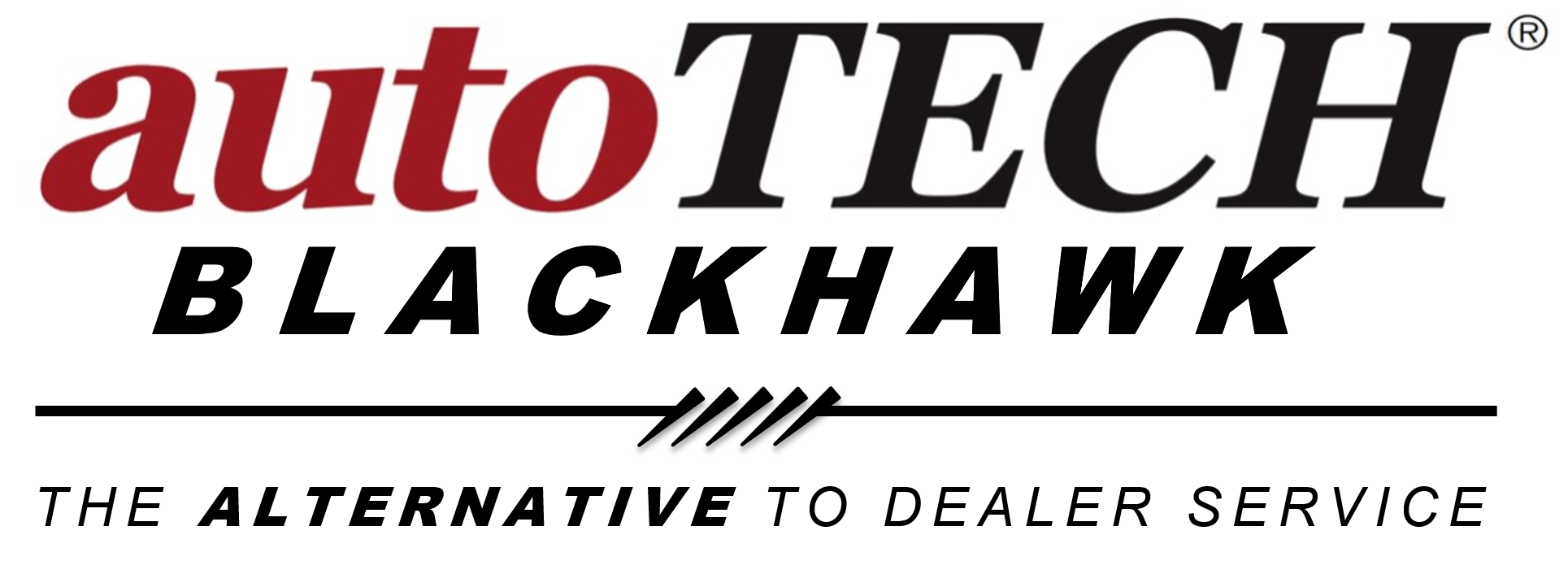When it comes to vehicle maintenance, tire alignment is a crucial aspect that often gets surrounded by myths and misconceptions. Proper tire alignment is essential for ensuring safety, improving fuel efficiency, and prolonging the life of your tires. However, the lack of understanding and misinformation can lead to costly mistakes. In this comprehensive guide, we will debunk seven common tire alignment myths and provide you with the facts you need to make informed decisions about your vehicle’s alignment.
Myth 1: Tire Alignment Is The Same As Tire Balancing
Fact: Tire Alignment And Tire Balancing Are Different Processes
One of the most common misconceptions is that tire alignment and tire balancing are the same. In reality, these are two distinct procedures that serve different purposes.
Tire Alignment:
- Involves adjusting the angles of the wheels so that they are parallel to each other and perpendicular to the ground.
- Ensures that the tires make even contact with the road surface.
- Corrects issues such as uneven tire wear, vehicle pulling to one side, and steering wheel off-center.
Tire Balancing:
- Balancing involves equalizing the weight distribution of the tire and wheel assembly.
- Balancing is necessary to eliminate vibrations and uneven tire wear caused by weight imbalances.
- It is typically done when you get new tires or when you feel vibrations in the steering wheel or vehicle.
These two procedures are essential for different reasons, and both contribute to a smoother and safer driving experience.
Myth 2: Tire Alignment Is Not Necessary For New Cars
Fact: New Cars Can Benefit From Tire Alignment
It’s a common misconception that brand-new cars don’t need tire alignment. However, this couldn’t be further from the truth. Even new vehicles can suffer from alignment issues due to various factors such as transportation, manufacturing tolerances, and road conditions.
Here are some reasons why new cars should also undergo tire alignment:
- Transportation: New cars are typically transported from the factory to the dealership, and the process can sometimes result in small alignment deviations.
- Manufacturing Tolerances: Despite strict quality control, manufacturing tolerances can cause minor alignment discrepancies. These discrepancies can accumulate over time, leading to uneven tire wear.
- Road Conditions: Roads are not always perfectly smooth and can contribute to misalignment over time.
By addressing alignment issues early, you can prevent premature tire wear and ensure that your new car drives smoothly and handles optimally.
Myth 3: Tire Alignment Is A One-Time Job
Fact: Tire Alignment Needs Periodic Maintenance
Some people believe that once you’ve had your tires aligned, you never need to do it again. However, tire alignment is not a one-and-done job. Several factors can cause your vehicle’s alignment to change over time, necessitating periodic maintenance.
Here are a few reasons why tire alignment is not a one-time job:
- Normal Wear and Tear: As you drive your vehicle, components like the suspension and steering system may experience wear and tear, affecting alignment.
- Road Hazards: Hitting potholes, curbs, or other road hazards can knock your wheels out of alignment.
- Tire Replacements: When you replace your tires, it’s essential to check and adjust the alignment, as new tires can highlight existing alignment issues.
It is generally recommended to have your tire alignment checked at least once a year or if you notice any signs of misalignment, such as uneven tire wear or your vehicle pulling to one side.
Myth 4: You Can Align Your Tires At Home
Fact: Tire Alignment Requires Professional Equipment
Some DIY enthusiasts may believe they can align their tires at home. While there are basic automotive tasks you can perform in your garage, tire alignment is not one of them. Aligning your tires requires specialized equipment and technical knowledge.
Here’s why tire alignment should be left to the professionals:
- Specialized Equipment: Tire alignment requires precise measurement tools and computerized equipment to adjust the angles of the wheels accurately.
- Technical Expertise: Trained technicians have the knowledge and expertise to interpret alignment data and make the necessary adjustments.
- Safety Concerns: Incorrect alignment can compromise your safety on the road. A professional ensures that your vehicle’s wheels are aligned correctly to prevent accidents and uneven tire wear.
Attempting to align your tires at home not only poses safety risks but can also lead to more significant alignment issues. It’s best to leave this job to qualified mechanics who have the right tools and experience.
Myth 5: Wheel Alignment And Tire Alignment Are The Same
Fact: Wheel Alignment And Tire Alignment Differ Slightly
People often use the terms “wheel alignment” and “tire alignment” interchangeably, assuming they refer to the same process. While these terms are related, they have subtle differences.
Wheel Alignment:
- Refers to aligning the wheels, which includes the tires and the rims.
- Ensures the wheels are parallel to each other and perpendicular to the ground.
- Addresses suspension and steering components as well as tire angles.
Tire Alignment:
- Focuses specifically on aligning the tires themselves.
- Ensures the tires make even contact with the road surface.
- Concentrates on the angles of the tires in relation to each other.
While the terms are often used interchangeably, it’s important to understand the distinction. In most cases, when you get a “wheel alignment” service, it includes aligning the tires as well.
Myth 6: You Only Need To Align The Front Tires
Fact: Both Front And Rear Tires Need Alignment
A common misconception is that only the front tires need alignment. However, a proper alignment includes all four tires—front and rear. Ignoring the rear tires can lead to several issues, including:
- Uneven Tire Wear: Neglecting the rear tires can result in uneven tire wear, reducing the overall lifespan of your tires.
- Handling and Stability: Misaligned rear tires can affect your vehicle’s handling and stability, making it harder to control, especially in adverse conditions.
- Compensating for Front Alignment: If your rear tires are misaligned, the front tires may wear unevenly as they attempt to compensate for the rear misalignment.
For a comprehensive alignment and to ensure the best performance and tire longevity, always include both front and rear tires in the alignment process.
Myth 7: Tire Alignment Is Expensive And Unnecessary
Fact: Tire Alignment Saves Money In The Long Run
Some drivers believe that tire alignment is an expensive and unnecessary service. In reality, proper tire alignment can save you money in the long run. Here’s how:
- Improved Fuel Efficiency: A properly aligned vehicle experiences less resistance from the road, resulting in improved fuel efficiency. You’ll spend less on gas with aligned tires.
- Extended Tire Life: Misaligned tires wear unevenly and quickly. Regular alignment can extend the life of your tires, saving you money on replacements.
- Reduced Repair Costs: Neglecting alignment can lead to more significant issues with your suspension and steering components. Repairing these components is often more expensive than routine alignment maintenance.
- Safer Driving: Proper alignment enhances your vehicle’s handling and reduces the risk of accidents, saving you from potential repair and medical expenses.
While tire alignment may incur an initial cost, the long-term savings and safety benefits far outweigh the investment.
Conclusion
Tire alignment is a critical aspect of vehicle maintenance, and it’s essential to separate facts from myths to make informed decisions about your vehicle’s alignment. Understanding the importance of tire alignment, its distinctions from tire balancing, and the need for periodic maintenance will help you maintain a safe and efficient driving experience. Additionally, knowing when to leave tire alignment to the professionals and the significance of aligning both front and rear tires ensures that you get the most out of your investment in your vehicle. Finally, dispelling the notion that tire alignment is expensive and unnecessary reinforces the importance of this service in prolonging the life of your tires and saving you money in the long run.
Don’t fall for the myths surrounding tire alignment. Take care of your tires, and they will take care of you on the road.
Are You In Need Of Reliable Tire Alignment Services?
If you’re in search of a trustworthy tire alignment specialist with a stellar reputation, your quest concludes right here at autoTECH Blackhawk. Wondering why you should choose us? We stand out in the field of independent automotive service providers by prioritizing strong connections with our customers. This commitment allows us to tailor our recommendations to your driving preferences and requirements, particularly when it comes to tire alignment services.
Whether your objective is to enhance the performance of your daily vehicle, personalize your new car with custom tire alignments, maintain the optimal condition of your beloved automobile, or even educate your family about tire alignment and maintenance, we’re here to collaborate with you to meet your tire-related needs. Additionally, we take pride in offering an industry-leading 3-year/36,000-mile warranty, using only Original Equipment and manufacturer-recommended components to ensure your peace of mind. Don’t hesitate to contact our friendly team today to schedule a convenient and contactless appointment!


